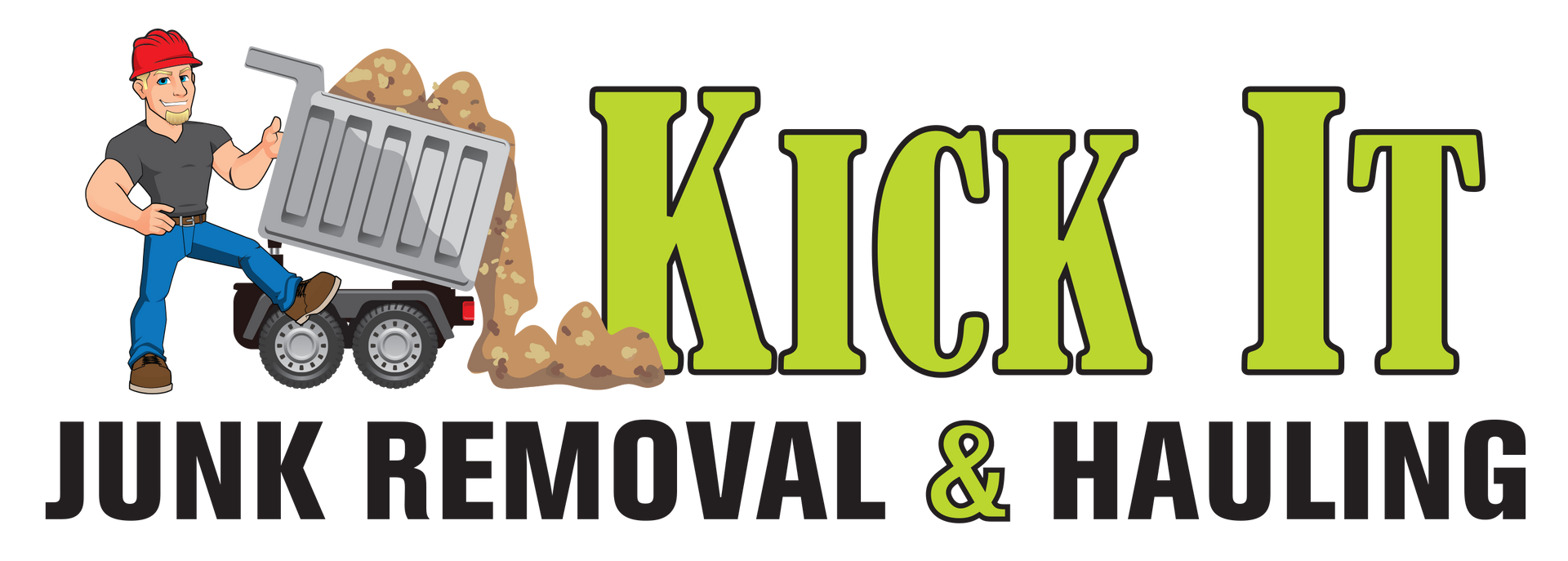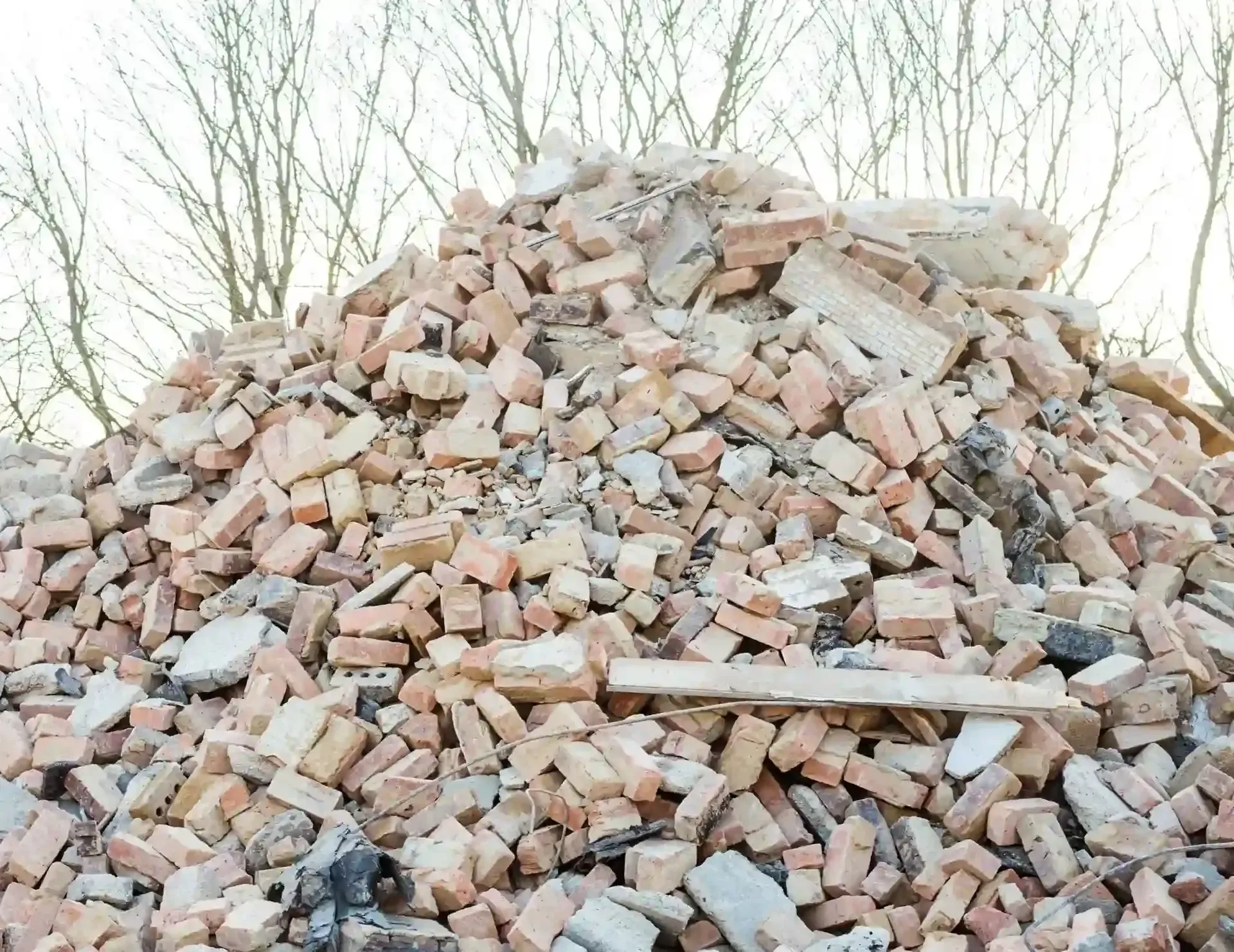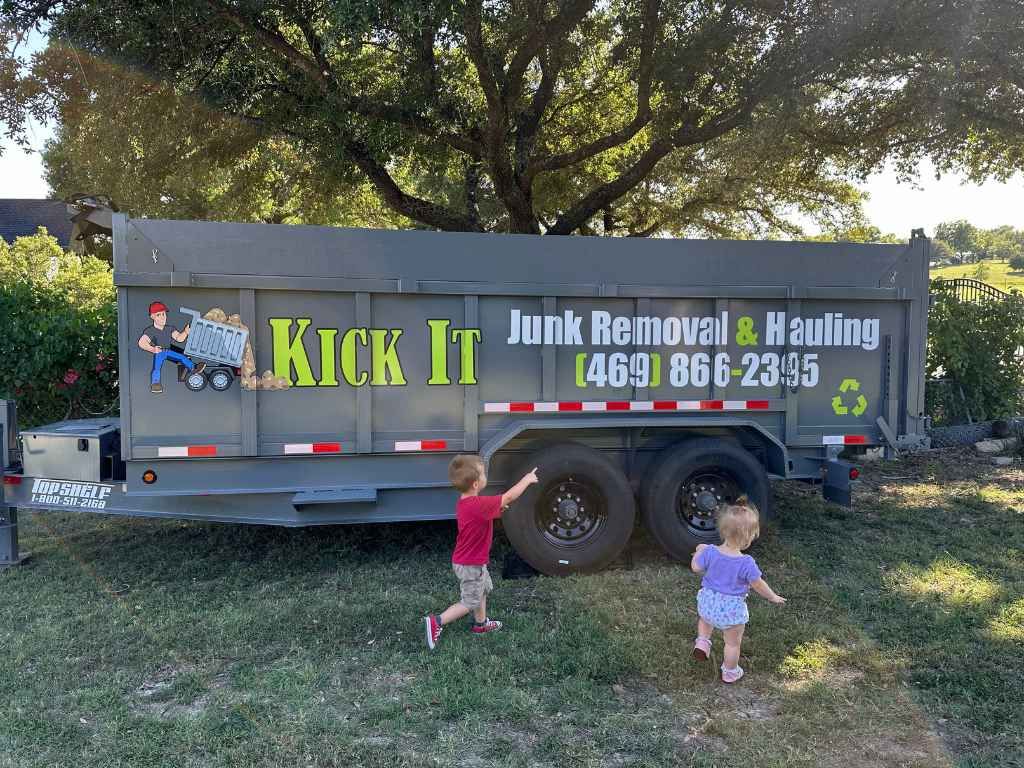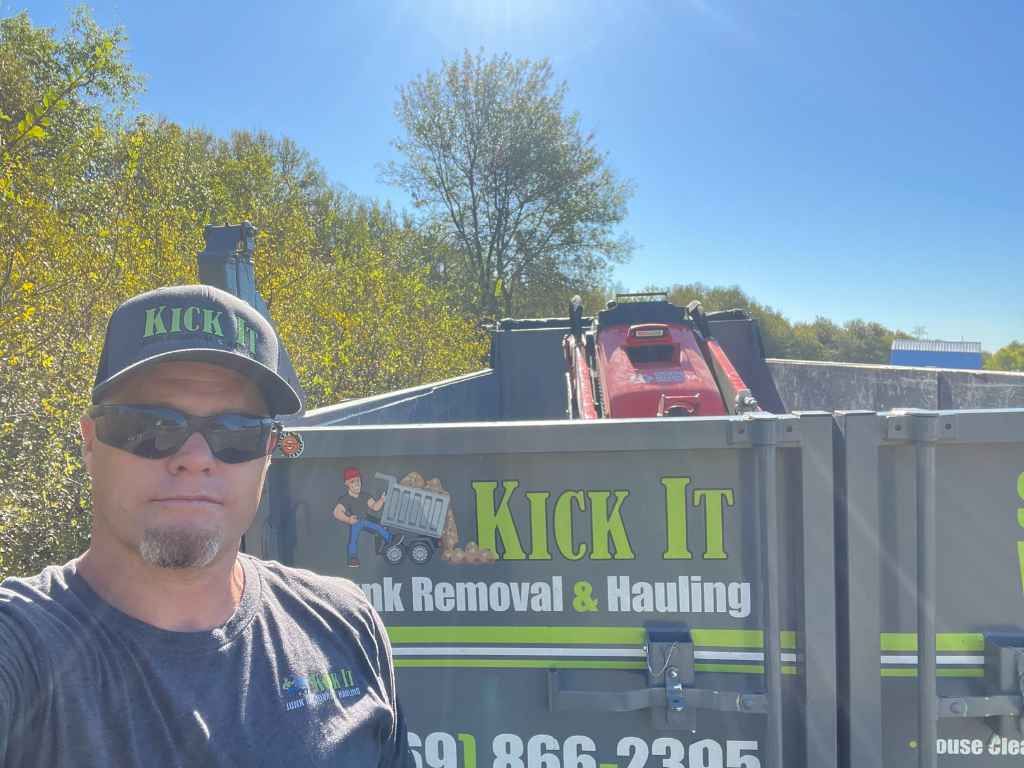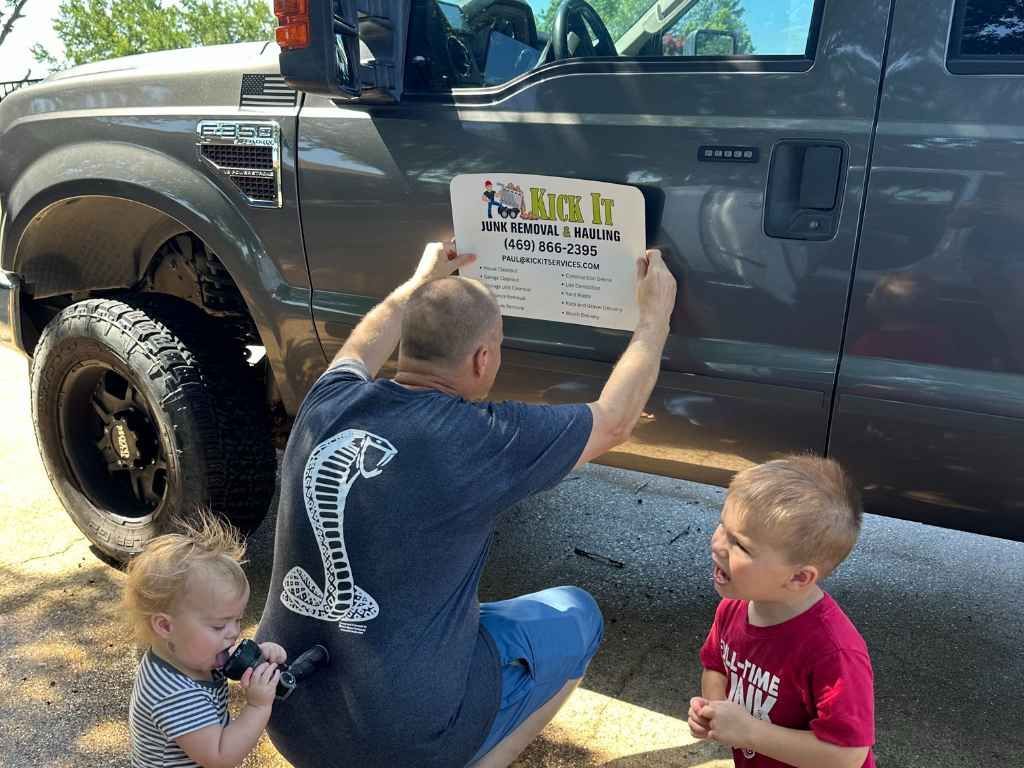Kitchen Demolition: Common Mistakes to Avoid
Tearing out a kitchen might sound like a stress-relief fantasy for anyone who’s had to deal with a broken cabinet door or a 1980s wallpaper backsplash, but don’t let the excitement fool you—kitchen demolition isn’t a job to take lightly. Beneath that shiny countertop or worn-down linoleum lies a jungle of pipes, wires, and structural surprises. One wrong move, and you might be looking at a costly repair that eats into your renovation budget faster than you can say “subway tile.”
This isn’t about scaring you off from doing it yourself—it’s about making sure you don’t fall into the same traps that trip up so many others. Let’s explore the most common (and often expensive) mistakes people make during kitchen demolition—and how to steer clear of them.
Mistake #1: Swinging the Sledgehammer Without a Plan
You’ve seen it in movies—the main character storms in, takes one look at the outdated cabinets, and boom! The sledgehammer comes down in a dramatic arc. Reality? That “fun” swing could crack a gas line, short a wire, or send drywall dust billowing into your HVAC system.
Kitchen demolition isn’t about brute force. It’s a strategy game. You need a clear plan. What’s getting removed? What’s staying? Are you moving plumbing or electrical lines? Is there load-bearing support involved?
Map it out like a battlefield. Take photos of everything, label plumbing and wiring lines, and know where your shut-off valves are. Getting your hands dirty is part of the process—but starting without a strategy is like driving blindfolded down a backroad. It’s only a matter of time before something goes wrong.
Mistake #2: Ignoring the Hidden Utilities
Kitchens are like the circulatory system of your house. Water, gas, electricity—all of it converges in that space. And while the fridge may be unplugged and the lights off, hidden wires and pipes don’t play nice if you bump into them with a crowbar.
Too many DIYers treat kitchen demo like peeling wallpaper when in truth, it’s more like disarming a ticking clock. Before you remove a cabinet or sink, ask yourself: what’s behind it? Have you shut off the water at the source? Have you tested the outlets with a voltage tester? Did you remember the gas line for that old stove?
Skipping utility checks can lead to injuries, fires, or floods. And worse—some mistakes don’t show up immediately. That slow gas leak? You might not notice until it’s too late.
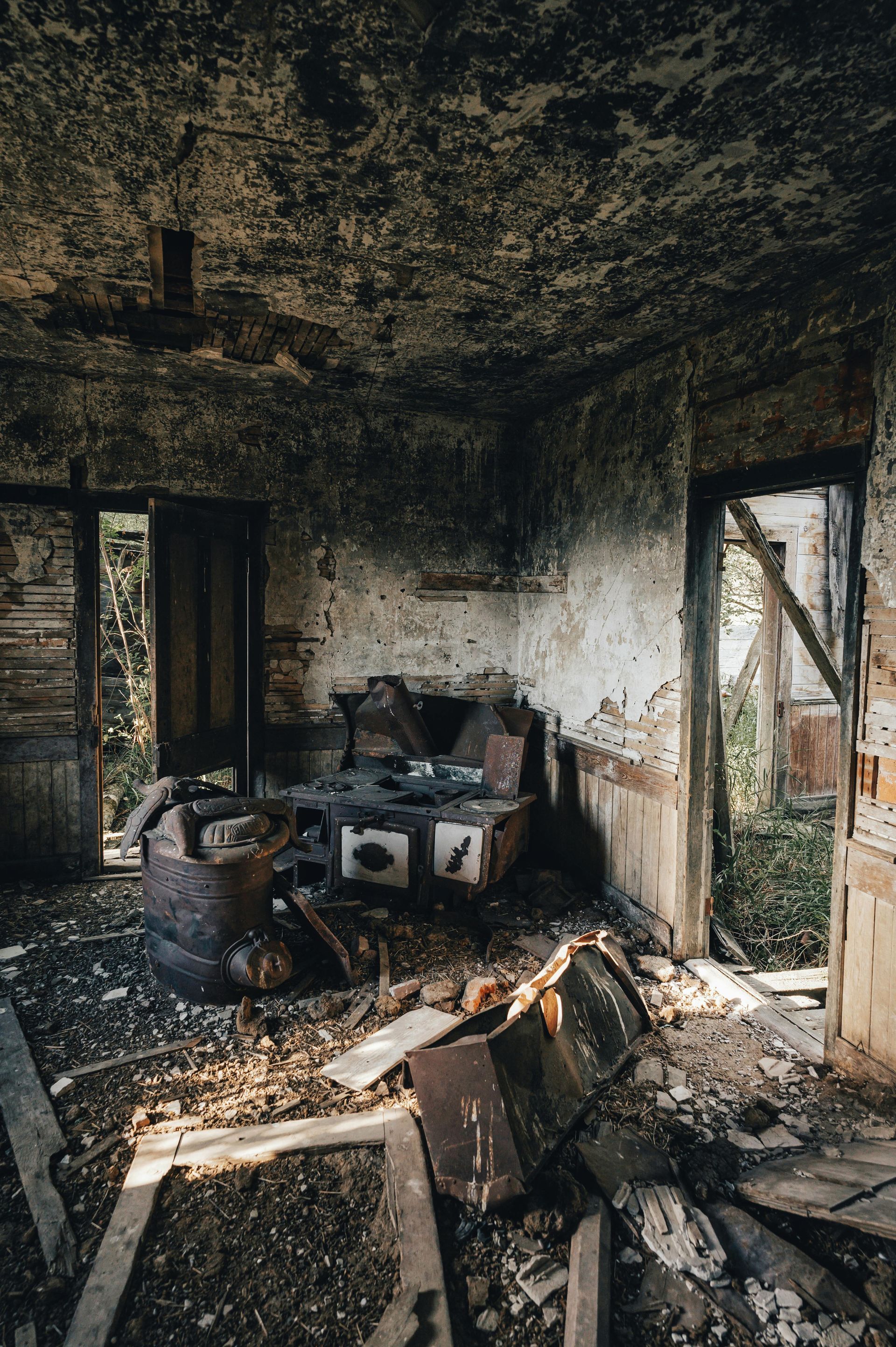
Mistake #3: Underestimating the Dust and Debris
You pull off a wall panel and suddenly, there’s a puff of dust like a magician’s smoke bomb. What follows isn’t magic, though—it’s a trail of fine particles floating through your home. In your vents. In your hair. On your dog.
Demolition isn’t just noisy—it’s dirty. And if you’re not sealing off the work area with plastic sheeting and drop cloths, you’re inviting chaos into the rest of your home. Dust gets everywhere. Insulation, drywall particles, even traces of old lead paint if you’re dealing with a vintage kitchen.
Wear a mask. Use fans with proper exhaust. Seal doorways and cover vents. And if you think you’ve done enough to control it, double it. The mess doesn’t announce itself until you’re ankle-deep in rubble.
Mistake #4: Forgetting to Pull the Proper Permits
This one doesn’t sound thrilling, but ignore it and you might find yourself in trouble with local inspectors—or worse, with insurance adjusters. Not every kitchen demo requires a permit, but many do, especially if you’re touching plumbing, gas, or electrical systems.
Homeowners sometimes assume demolition is just part of their private kingdom. But the city has rules. And if a fire or flood results from your unpermitted work, guess what? Your insurance company might refuse to cover it.
Always check local codes before you start. A quick call to your city’s permitting office could save you thousands in penalties—or having to redo a project from scratch.
Mistake #5: Using the Wrong Tools for the Job
There’s a tool for every task. And just because a hammer feels right in your hand doesn’t mean it’s the right one for removing tile or pulling out wiring.
Using the wrong tool isn’t just inefficient—it’s dangerous. You could damage support beams, rupture pipes, or injure yourself. Ever seen someone try to remove an under-mount sink with a pry bar and brute strength? It’s not pretty.
Before you start, make sure you’ve got a toolkit tailored for demo: pry bars, reciprocating saws, drill drivers, stud finders, utility knives, gloves, and eye protection. If you’re unsure how to use a tool, pause and learn—YouTube is great, but hands-on experience or calling a pro might be better.
Mistake #6: Not Labeling and Saving What You Might Reuse
Once demolition starts, it’s easy to get in the zone. Smash, rip, toss—it can feel good. But hold on—are you sure that cabinet door you just chucked couldn’t have been reused in the garage? What about those hinges? That faucet?
During a kitchen demolition, materials fly fast, but not everything needs to be trashed. Some items—like sinks, light fixtures, or even cabinetry—can be repurposed or donated.
Label wires. Set aside hardware. Save screws in labeled bags. And keep a list of what you remove so you don’t end up buying replacements for parts you already had in the attic.
Mistake #7: Ripping Out Load-Bearing Walls
You want an open kitchen. Who doesn’t? But not all walls are created equal. Some are holding up your second story—and removing one without the right structural support could lead to catastrophic results.
Don’t guess which walls are load-bearing. Don’t rely on online forums. Bring in a structural engineer or licensed contractor before you remove any walls, especially if your kitchen shares space with other rooms.
Open concepts are great—if they don’t come with collapsing ceilings.
Mistake #8: Starting Without a Debris Removal Plan
You’re knee-deep in busted tile, shredded drywall, and old linoleum—now what? You can’t just throw it all in your weekly garbage bin. And let’s be honest, the back of your SUV isn’t built for piles of dusty debris.
Many homeowners forget the cleanup until it’s too late. And suddenly, they’re stuck paying more for emergency haul-away services than they would’ve with a plan in place.
Know what materials you’re removing. Rent a dumpster or schedule a debris pickup ahead of time. Some items require special disposal—especially if you’re dealing with hazardous waste or heavy materials like stone countertops.
Mistake #9: Overlooking the Importance of Safety Gear
Gloves aren’t optional. Neither are steel-toed boots, safety goggles, or hard hats in certain cases. You’re working with sharp nails, unpredictable materials, and power tools. A pair of sneakers and a brave face aren’t going to protect you from a stray splinter or flying tile shard.
One of the most avoidable mistakes in kitchen demolition is treating safety like a suggestion. It’s not. It’s mandatory.
Invest in real work gloves. Wear a long-sleeve shirt that can take a beating. Use a respirator mask if there’s a risk of mold, dust, or old insulation. And never work alone—having someone nearby could make all the difference in case of an emergency.
Mistake #10: Skipping the Inspection Before You Start
You know your kitchen’s old. But do you know if it has asbestos? Lead paint? Mold? Water damage behind the cabinets?
Many demolition projects uncover surprises. And if you don’t do an inspection before swinging the first tool, you might not discover the danger until you’re already exposed.
Hire a pro to check for hazardous materials, pest infestations, and structural issues. Even a minor inspection can reveal big red flags. Trust us—it’s cheaper to deal with a small problem now than a major disaster mid-renovation.
Mistake #11: Failing to Disconnect and Cap Off Properly
Let’s talk about that water line behind the fridge or the gas hookup for your stove. If those aren’t fully shut off, capped, and sealed, they can cause major issues later.
Many DIYers assume turning off the valve is enough. But old valves leak. Pipes rattle. Gas lines can be sensitive. When you remove something, make sure it’s not just turned off—it’s properly capped and tested.
A slow leak can turn into mold. A loose wire can spark. A forgotten line can bring chaos into your otherwise tidy renovation.
Mistake #12: Underestimating Time and Energy Required
Kitchen demolition can seem like a weekend job—until you hit your third hour and realize you’ve only removed one cabinet and a few tiles. The truth? It’s hard, physical work. It takes time, energy, and often a team to do it right.
Budgeting two days when the job needs five is a fast way to delay the entire renovation. Don’t make assumptions. Take stock of the job, the tools, and your ability.
Ask for help. Hire professionals when needed. And give yourself breathing room. A rushed demo is a sloppy demo.
Conclusion
Kitchen demolition is more than a hammer and some elbow grease—it’s a careful dance between vision and reality, precision and power. The stakes are high, but so are the rewards. Avoiding these common mistakes doesn’t just save you money—it saves time, stress, and potentially your home’s structure. And let’s be real: nothing feels better than seeing your outdated space vanish, piece by piece, knowing you did it right.
If you're ready to take on your next kitchen demolition project but want peace of mind knowing the cleanup is handled by professionals, reach out to:
Kick It Junk Removal & Hauling
📍 14339 Stanley Lane, Forney, Texas 75126, United States
📞 469-866-2395
📧 Paul@kickitservices.com
Let your renovation begin with a clean break—and let Kick It handle the mess.
